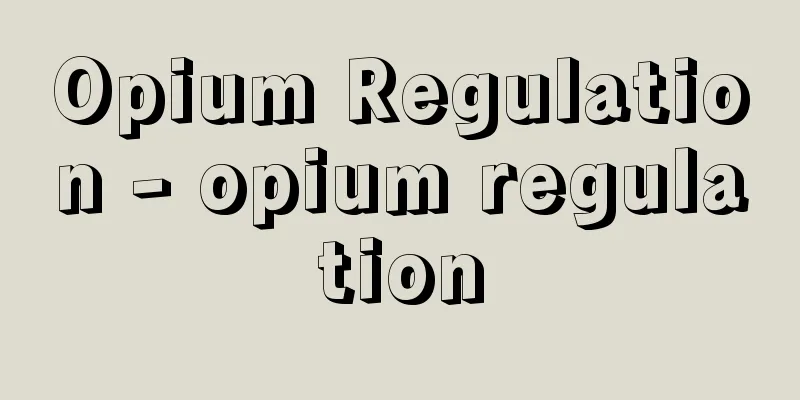Examples of summary convictions for police offences

|
Special procedures for police violations under Dajokan Proclamation No. 31 of 1885 (Meiji 18). The old Penal Code (promulgated in 1880) distinguished between serious crimes, misdemeanors, and police violations, with police violations being crimes punishable by detention or a fine (Article 1 of the old Penal Code). Note that these distinctions have been abolished in the current Penal Code (Law No. 45 of 1907), but the Penal Code Enforcement Act (Law No. 29 of 1908) now considers crimes punishable by detention or a fine (such as crimes under the Police Offenses Punishment Order) to be police violations (Article 31 of the same law). The summary judgment precedent for police violations allowed the police chief or his/her deputy to punish crimes committed within his/her jurisdiction by summary judgment without a formal trial. However, the person in question, as well as his/her legal representative, guardian, or spouse, could also file a petition to the police station in question independently of the person in question to have a formal trial at the district court. If no formal trial was requested, the summary judgment became final and had the same effect as a final and binding judgment. The summary judgment precedent for police violations allowed administrative officials, not judicial officials, to summarily judge police violations, and as a result it was often abused as a measure against ideological crimes. It was abolished after the Second World War by the Enforcement Act of the Courts Act (Act No. 60 of 1947). [Tetsuro Nawa] Source: Shogakukan Encyclopedia Nipponica About Encyclopedia Nipponica Information | Legend |
|
1885年(明治18)太政官(だじょうかん)布告31号による違警罪に関する特別手続。旧刑法(明治13年公布)には重罪、軽罪、違警罪の区別があり、違警罪とは拘留または科料の刑にあたる罪である(旧刑法1条)。なお、現行刑法(明治40年法律第45号)ではこれらの区別そのものは廃止されたが、刑法施行法(明治41年法律第29号)により、拘留または科料にあたる罪(警察犯処罰令の罪など)は違警罪とみなされた(同法31条)。 この違警罪につき、違警罪即決例は、警察署長またはその代理の官吏に、その管轄内で犯された罪を正式の裁判によらず即決処分により処罰しうることを認めた。ただ、この即決処分に対して、本人のほかその法定代理人・保佐人または配偶者も、本人とは独立して当該警察署に申立書を差し出せば、区裁判所の正式裁判を受ける道が開かれていた。この正式裁判の請求がない場合には、即決処分は確定し、確定判決と同一の効果を生ずるものとされた。違警罪即決例は、司法官ではなく行政官に違警罪の即決を認めることにより、思想犯対策としてしばしば濫用(らんよう)される結果となった。第二次世界大戦後、裁判所法施行法(昭和22年法律第60号)により廃止された。 [名和鐵郎] 出典 小学館 日本大百科全書(ニッポニカ)日本大百科全書(ニッポニカ)について 情報 | 凡例 |
>>: Police offences court - Ikeizaisaibansho
Recommend
Ofrana - Ofurana
...Even in politics after the Great Reforms, the ...
Krupp [company] - Krupp
The company's official name is Fried.Krupp AG ...
mycelium
…The branched, thin filamentous bodies that make ...
Three things of Ishikawa - Three things of Ishikawa
…Years of birth and death unknown. The works Yaeg...
Same name Sou - Doumyouso
A united organization of warriors with the same su...
Amdo dialect - Amdo dialect
...the language of the Tibetan people living in t...
IMPATT diode
A semiconductor device that uses the avalanche phe...
Koshu gold
〘Noun〙 Gold coins minted during the Tenbun era ( 1...
Gil Robles, JM
…It was founded in March 1933 by the Popular Acci...
Nakaz
...The Empress was wise and determined, but at th...
Hairon - Hairon
This refers to theories on haikai and haiku. They...
Molecular distillation - Bunshijouryu
This refers to distillation under a high vacuum (...
Waka Iroha
A treatise on waka poetry from the early Kamakura ...
Garrett, E.
...As a result, they are not often the subject of...
Alessandri
Chilean politician. He started as a lawyer in 1897...









